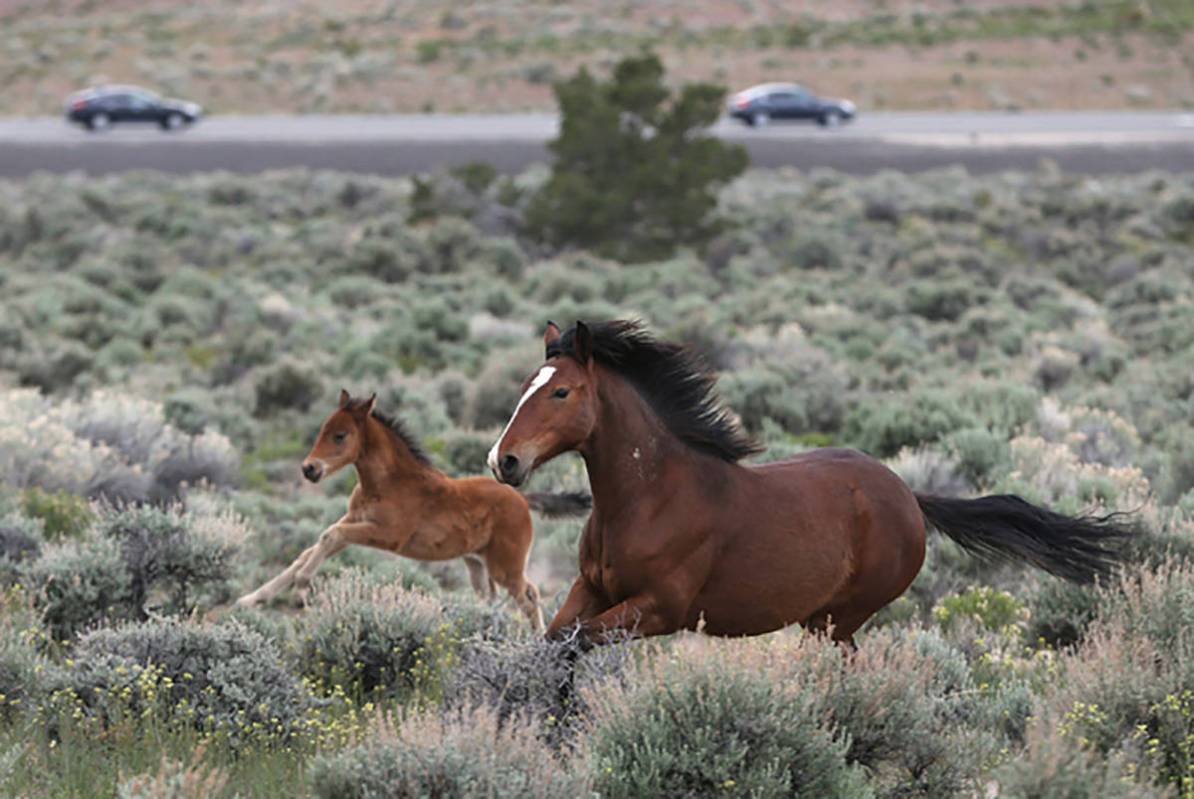
The Bureau of Land Management recently received two favorable decisions from the U.S. Court of Appeals for the Ninth Circuit that support the agency’s ongoing efforts to address a growing overpopulation of wild horses and burros on public lands.
“Reducing the overpopulation of wild horses and burros on public lands is critical to protecting land and herd health,” BLM Deputy Director for Policy and Programs William Pendley said. “I am encouraged that the Ninth Circuit found the BLM is properly exercising its statutory authority to manage wild horses and burros as we take on this challenging work.”
In American Wild Horse Campaign v. Zinke, the Ninth Circuit upheld the BLM’s National Environmental Policy Act analysis of the effects of releasing a limited number of geldings back to public lands as part of a population management plan. Managing a portion of a herd as nonreproducing geldings helps BLM to make progress toward appropriate management levels on public lands while reducing the number of animals that are removed from the range and placed into off-range holding facilities.
Last year the BLM spent nearly $50 million to care for unadopted wild horses and burros in off-range corrals and pastures.
In a second case decided last week, Friends of Animals v. Silvey, the court reaffirmed the BLM’s use of wild horse and burro management plans that cover a 10-year period, which allows for a phased approach to reducing overpopulation in a wild horse or burro herd. A phased approach allows the BLM to incorporate fertility control measures in order to slow the population growth rate and reduce the number of animals requiring removal from the range in the long term.
The court also found that the BLM sufficiently analyzed the effects of releasing geldings back to the range as part of a herd management plan on the environment and the genetic diversity of the herds.
The BLM is responsible for managing and protecting wild horses and burros as part of a thriving natural ecological balance on public lands as directed by the 1971 Wild Free-Roaming Horse and Burro Act. The agency achieves this objective primarily by gathering and removing excess animals from the range and offering them for adoption or purchase at facilities and events around the country.
These important decisions from the Ninth Circuit come as the BLM confronts a growing overpopulation of wild horses and burros on public rangelands. As of March 1, 2020, there were an estimated 95,000 wild horses and burros roaming public lands capable of sustaining about 27,000 with enough forage and water. This overpopulation threatens the health of the herds and other wildlife as resources are overused and degraded over time.
The BLM has had to initiate emergency gather operations this summer to rescue water-deprived animals in a Nevada herd, and the agency is monitoring and assessing several other areas in Nevada because of similar conditions.
The decisions from the Ninth Circuit reaffirm the use of management tools critical to achieving the goals outlined in a recent report submitted to Congress. In the report, the BLM proposes a combination of nonlethal methods to reduce overpopulation and achieve sustainable population levels over 15 to 18 years.